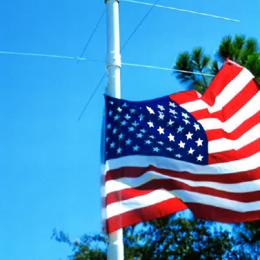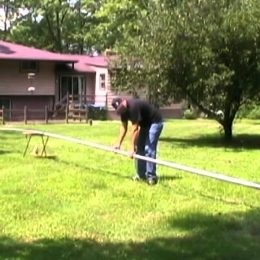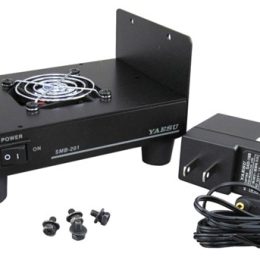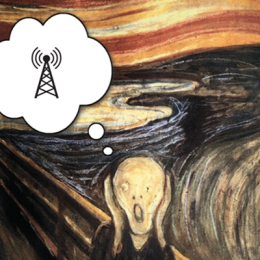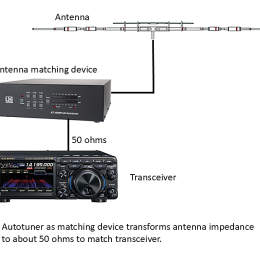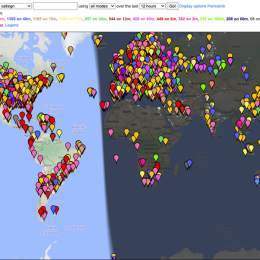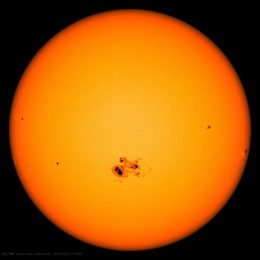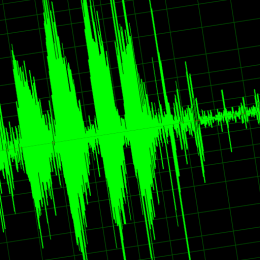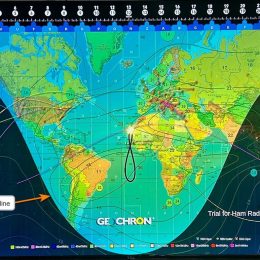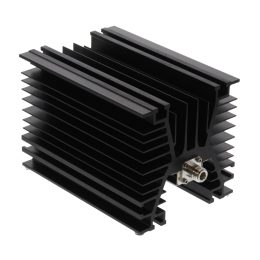Technical Articles
We aren’t getting any younger—according to the ARRL, the average age of ham members is 68. It’s likely many of us are retired and will eventually consider downsizing. This might […]
Technical Articles
Amateur radio has always been a hobby for all ages, from curious teenagers building their first radio kit to retirees chatting across continents. However, as we age, we may find […]
Technical Articles
Every ham operator knows that heat is the silent enemy lurking behind every transmission. Whether you’re rag-chewing on 80 meters, running digital modes on FT8, or calling CQ in a […]
Ham Culture & Entertainment
You’re in for a treat! We promise it’ll be bigger than “fun size.” (No candy corn here—only premium paranormal content.) Skip Longpath, custodian of the archives (and part-time exorcist of […]
Antennas and Tuners
If you’ve ever spent time tinkering with radios—whether ham, shortwave, CB, or even more exotic setups—you’ve probably heard about antenna matching devices. These gadgets, often referred to as antenna tuners […]
HAM Radio 101
Choosing the right ham radio band is a decision we all make when we fire up our transceivers. Whether you are a beginner or an experienced operator, you want to […]
Technical Articles
If you’ve spun the dial on your HF transceiver lately and found nothing but static, you’re not alone. For many operators, the once-bustling shortwave spectrum sounds more like the emptiness […]
Technical Articles
Sometimes it’s tough to dig signals out of the noise. You can hear it but can’t make out all the words. If your radio’s built-in noise reduction isn’t sufficient, consider […]
Technical Articles
Imagine for a moment that you’re sitting in your ham shack, coffee in one hand and microphone in the other. It’s either just before sunrise or just after sunset, and […]
HAM Radio 101
Several options available at DX Engineering, including the new DXE 1,500W 1-54 MHz Dry Dummy Load You may have heard the term “dummy load” before. While the name might give […]

